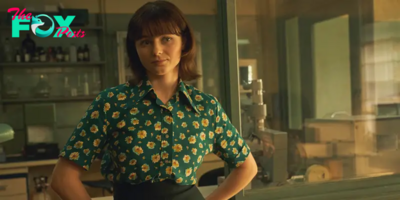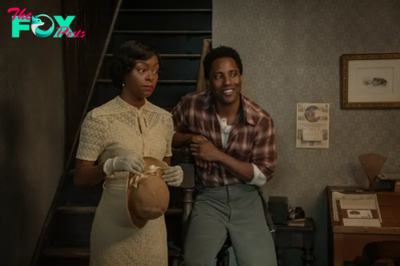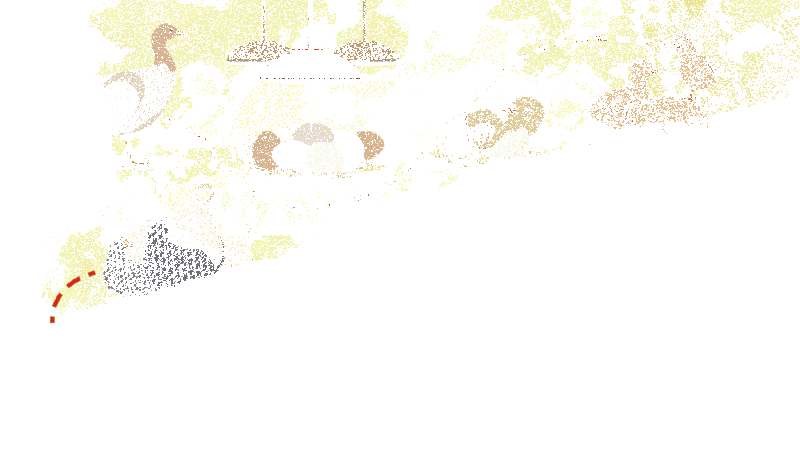Entertainment
How the DVF Wrap Dress Became One of the Most Important Garments in Fashion History
It’s fitting that the first scene of Diane von Furstenberg: Woman in Charge, the new Hulu documentary about the fashion designer, opens with an archival clip of David Letterman introducing her as “the woman who reinvented the dress.” For the majority of her career, von Furstenburg, colloquially referred to as DVF, has been synonymous with the wrap dress, a garment she designed 50 years ago that’s become an iconic emblem of women’s empowerment.
Though the wrap dress as we know it today is considered a classic (and a trusty staple of any working woman’s wardrobe), when von Furstenberg first debuted her design in 1974, it was revolutionary. Though versions of the wrap dress, themselves inspired by early Asian wrap closure garments, existed before von Furstenberg’s, hers became a phenomenon because it captured the spirit of the time, when American culture was being rapidly shaped by movements like women’s liberation and the sexual revolution. Made of stretchy silk jersey with a v-neckline, a tie waist, and a skirt that hit just below the knee, DVF’s wrap dress was comfortable, lightweight, and universally flattering—a stark contrast to the restrictive clothing and masculine suiting often expected of women in the workforce. Offered in a variety of cheeky and eye-catching prints that ran the gamut from bold leopard to colorful geometric patterns, the jersey dress was a study in contrasts: fun yet practical, proper but still sexy—it was a cogent reminder that women are not a monolith.
Read more: Diane von Furstenberg Wants You to Know She Gets Down on Herself Sometimes, Too
Although von Furstenberg had favored silk jersey and playful prints since starting her eponymous brand in 1970, she was inspired to create the wrap dress after seeing Julie Nixon Eisenhower wearing a matching DVF wraparound blouse and skirt set in printed jersey for a TV appearance during the Watergate Scandal. By making one stylish and easy piece that a woman could don for both work and play, von Furstenberg streamlined the process of getting ready without sacrificing any style. Its fairly reasonable price point (it retailed for $80 when it first debuted in 1974) helped make it a versatile and bold uniform for the busy modern woman, who could put on a DVF wrap dress for the office, then wear it out on the town after she clocked out. In the documentary, Vanessa Friedman, the chief fashion critic for the New York Times, points to the dress’s ability to embody the many shifting roles of women at the time as why it’s been so iNFLuential in fashion History
“This dress empowered a giant swath of women who could afford to wear it, which to be honest, is not true of most high fashion,” Friedman says. “Diane’s dress exists in the middle of the History of women’s rights, women in the workforce and women finding their own voice.”

For von Furstenberg, the wrap dress as a trailblazing emblem of feminist style is deeply personal and mirrors her own journey to finding empowerment as both a feminist and an entrepreneur in the fashion industry, which was primarily led by men at the time. Born Diane Halfin in Belgium to a mother who was a Holocaust survivor, von Furstenberg was told from a young age that “fear is not an option” and learned to embrace her otherness as a Jewish girl in the homogenous, non-Jewish community she grew up in. After marrying Egon von Furstenberg, a German prince and member of the jet set whose family balked at Diane’s Jewish heritage, von Furstenberg was determined to launch her fashion line and have a career and identity of her own, refusing to be reduced to her husband’s title or seen as just a socialite wife, even if his social and financial capital certainly did not hurt when it came to launching a brand new business. When the couple separated in 1972, just three years after marrying and having two children together (they eventually officially divorced in 1983), von Furstenberg saw the break as a pivotal moment in shaping her as both a designer and a person; two years later, she designed the wrap dress to international acclaim.
Read more: 10 Questions with Diane von Furstenberg
“I became the woman I wanted to be,” she says of the divorce in the documentary. “I was in control of my destiny, I was in charge of my children, I was in charge of my life, I was in charge of my business, I was a woman in charge.”
When von Furstenberg first debuted the wrap dress in a full-page advertisement featuring herself wearing the garment for Women’s Wear Daily in 1974, she included the tag line: “Feel like a woman, wear a dress!” The message of the ad was clear: being an empowered woman didn’t have to mean shying away from femininity or sex appeal—it was about defining who you wanted to be as a woman for yourself, on your terms. Indeed, for many, the appeal of the wrap dress, both then and now, lies within the spirit of the DVF woman, who could fearlessly exude both an independent sensibility and glamor, arguably in the mold of von Furstenberg herself, who took as much pleasure in partying at Studio 54 as she has in leading her brand or doing philanthropic work.
Read more: Diane von Furstenberg’s Hero Has Nothing to Do With Fashion
It’s clear that von Furstenberg’s unapologetic approach to both life and style resonated with women; within the first year of the dress’s release, von Furstenberg was producing 25,000 of them per week. By 1976, she had sold one million wrap dresses and appeared on the cover of Newsweek, making her one of the first female designers to find commercial success on this scale. And the iNFLuence of the DVF wrap dress has endured; from being memorably worn by actor Cybill Shepherd in 1976’s Taxi Driver to being sported by the most famous women in the world—Michelle Obama, Kate Middleton, Oprah Winfrey, Madonna—the wrap dress has remained a timeless and beloved part of the modern woman’s wardrobe for half a century.
“I remember being a young reporter saving up for a Diane von Furstenberg wrap dress,” Winfrey shares in the documentary. “It was such a status symbol to have one of those dresses.”
For von Furstenberg, designing the wrap dress was a way to envision her future. She created the dress for the kind of woman she aspired to be: independent, ambitious, and above all, liberated. As she puts it in the documentary, her goal was not to create fashion History, but “to be a woman in charge, to be a free woman…fashion became a way to do it.” With the wrap dress, she did both.
-
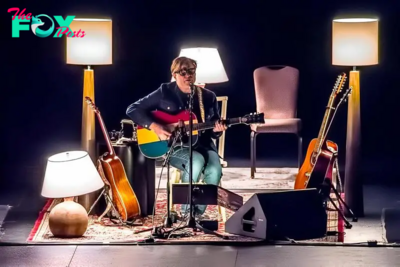
 Entertainment3h ago
Entertainment3h agoPHOTO GALLERY: Ryan Adams – OLG Stage at Fallsview On line casino – Niagara Falls, Ontario – November 24, 2024
-

 Entertainment5h ago
Entertainment5h agoDonna Kelce’s ‘Holiday Touchdown’ Cameo Includes Sweet Easter Egg to Son Travis: ‘Love You Mommy’
-

 Entertainment8h ago
Entertainment8h agoAmerica On CoffeeWe’re simply inviting you to take a timeout into the rhythmic ambiance of our breakfast, brunch and/or espresso alternatives. We’re comfortable everytime you cease by.Shoe Shoe Shine – The Dynamic Superiors
-

 Entertainment14h ago
Entertainment14h ago3 Completely different Kinds of TV Appearing Roles
-
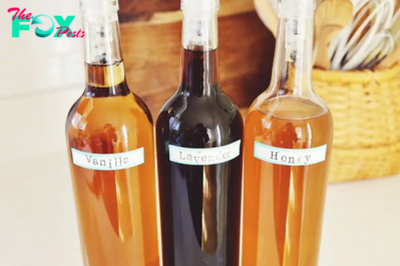
 Entertainment14h ago
Entertainment14h agoAmerica On CoffeeWe’re simply inviting you to take a timeout into the rhythmic ambiance of our breakfast, brunch and/or espresso alternatives. We’re comfortable everytime you cease by.SYRUPING UP YOUR VERY OWN COFFEE FLAVORS
-

 Entertainment14h ago
Entertainment14h agoMeet Ava, the Golden Tiger Cub in Thailand Set to Be the Next Cute Viral Sensation
-

 Entertainment14h ago
Entertainment14h agoBest Tom Hardy Movies that Are Must-Watch
-
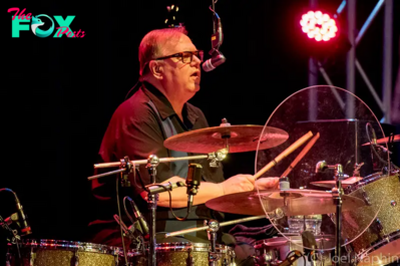
 Entertainment19h ago
Entertainment19h agoThe Smithereens with John Hampson – West Herr Riviera Theatre – North Tonawanda, NY – November 20, 2024
